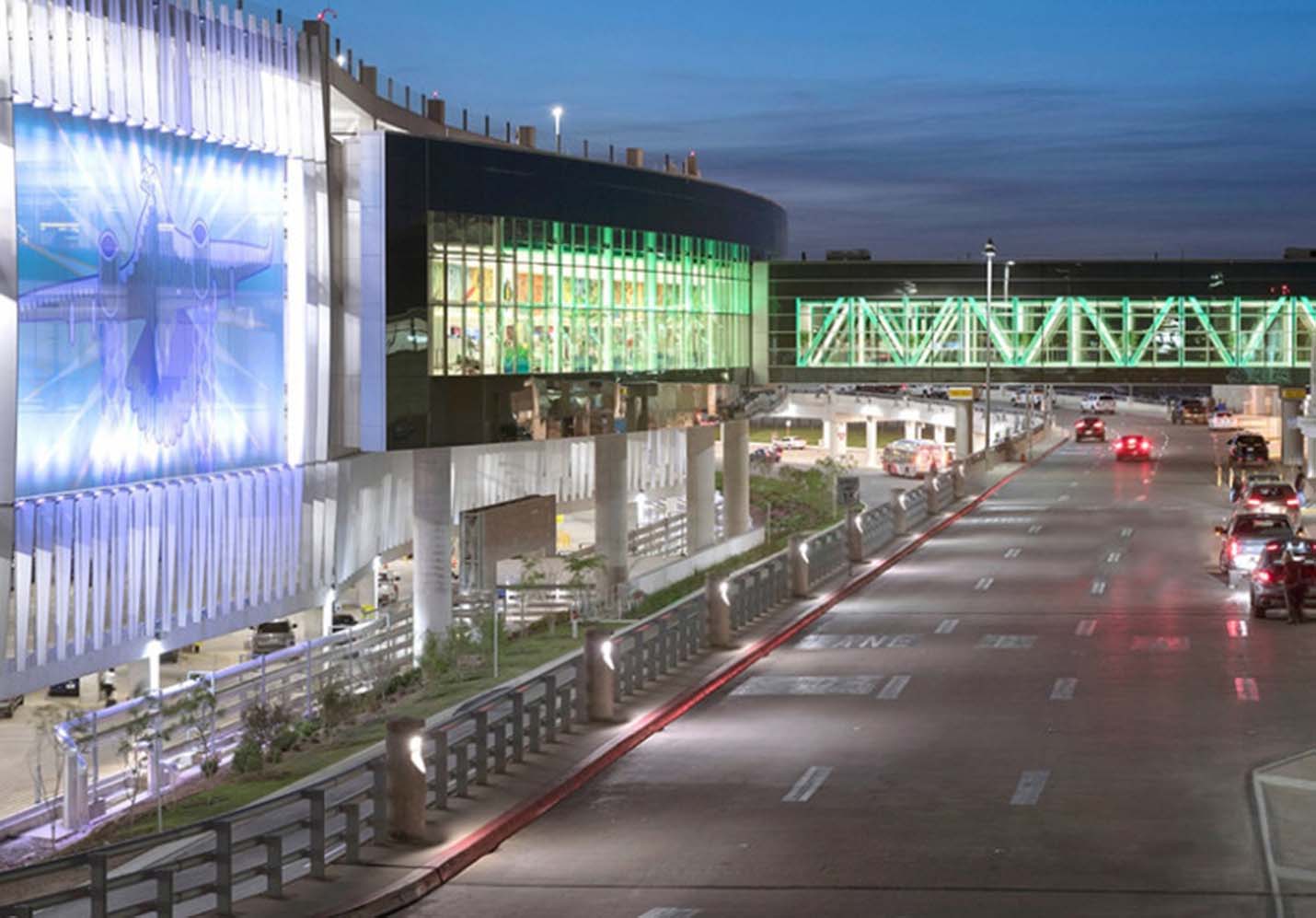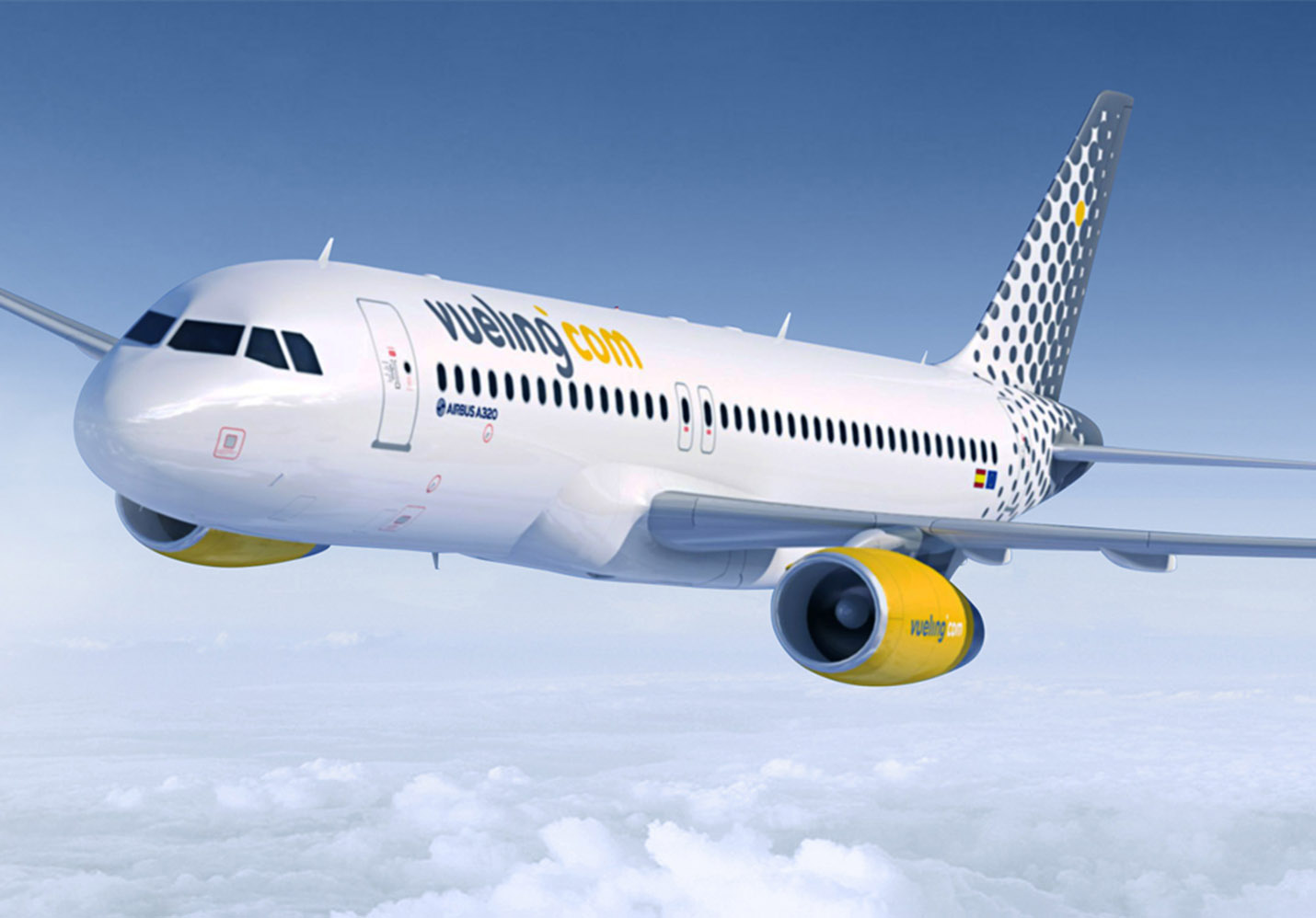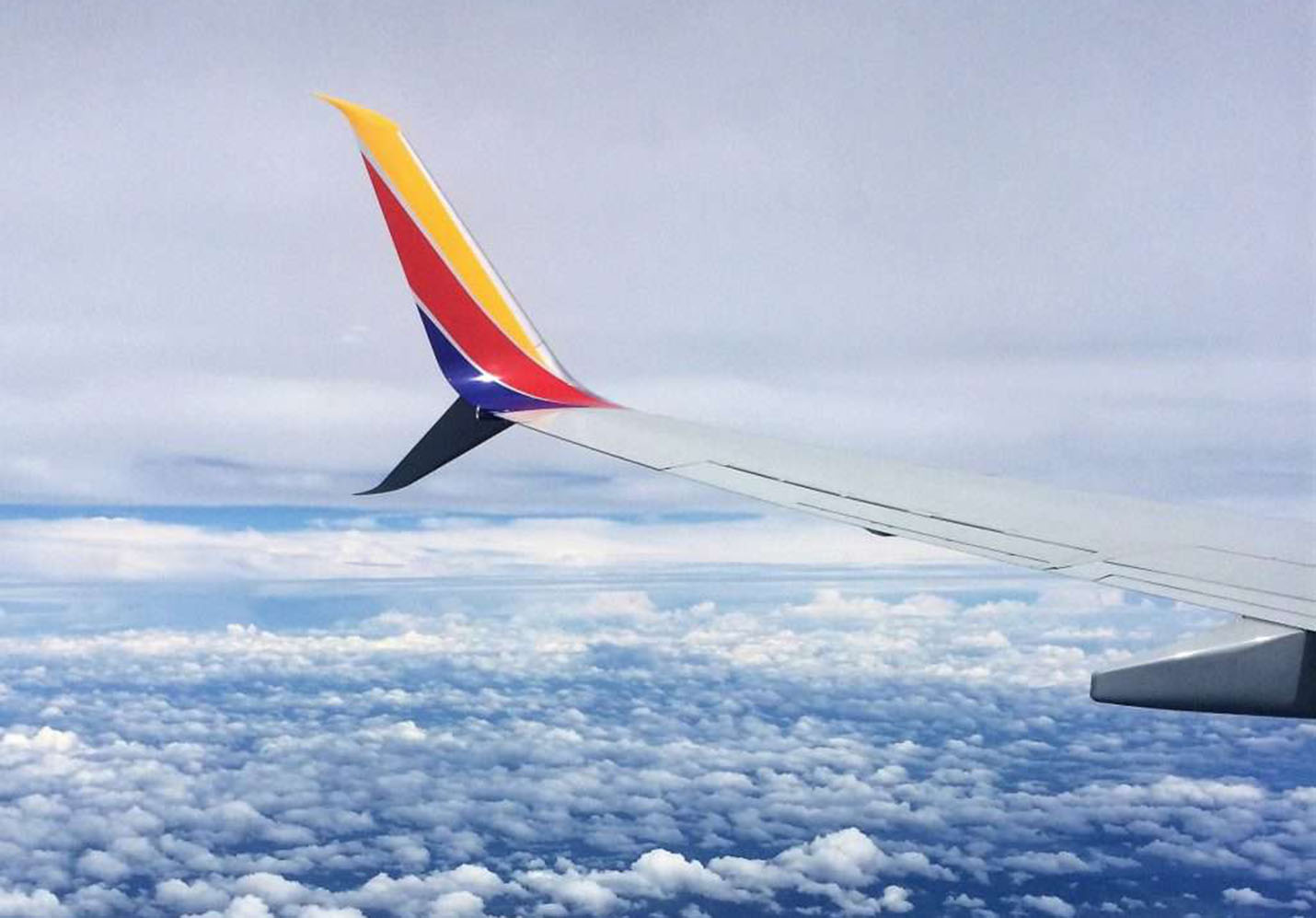San Antonio, a city in Texas where history and modernity interweave, attracts more and more tourists and business travelers to visit. Whether it is to go to the Alamo, the Riverwalk, or to participate in various festivals, taking a flight to San Antonio has become the first step in itinerary planning. Among the many preparations, how to choose a quiet, spacious and comfortable seat is the key point that many travelers often overlook but have a great impact.
Long-distance flights, if the seat selection is not appropriate, will not only cause physical and mental fatigue, but may also affect the arrangement of activities after arrival. There is a clear gap between economy class and business class, but even in the same cabin, different seating areas have differences in noise, space, and convenience.
From a sleepless night on a long-distance flight to an unexpected surprise on a short-distance flight, seat selection often determines the first impression of the entire trip.
Ⅰ. Overview of San Antonio routes
As an air hub in central Texas, San Antonio International Airport (SAT) serves most major cities in the United States and has some international routes, although it is not as large as Houston or Dallas. The following are common airlines and route types that fly to San Antonio:
1. Introduction to major airlines in the United States
1) American Airlines
Hub cities: Dallas, Charlotte, Miami, Chicago, etc.
Flight features: Most aircraft types are Boeing 737 and Airbus A321, business class is comfortable, and economy class is reasonably laid out
Suitable for: business travelers who pursue time efficiency
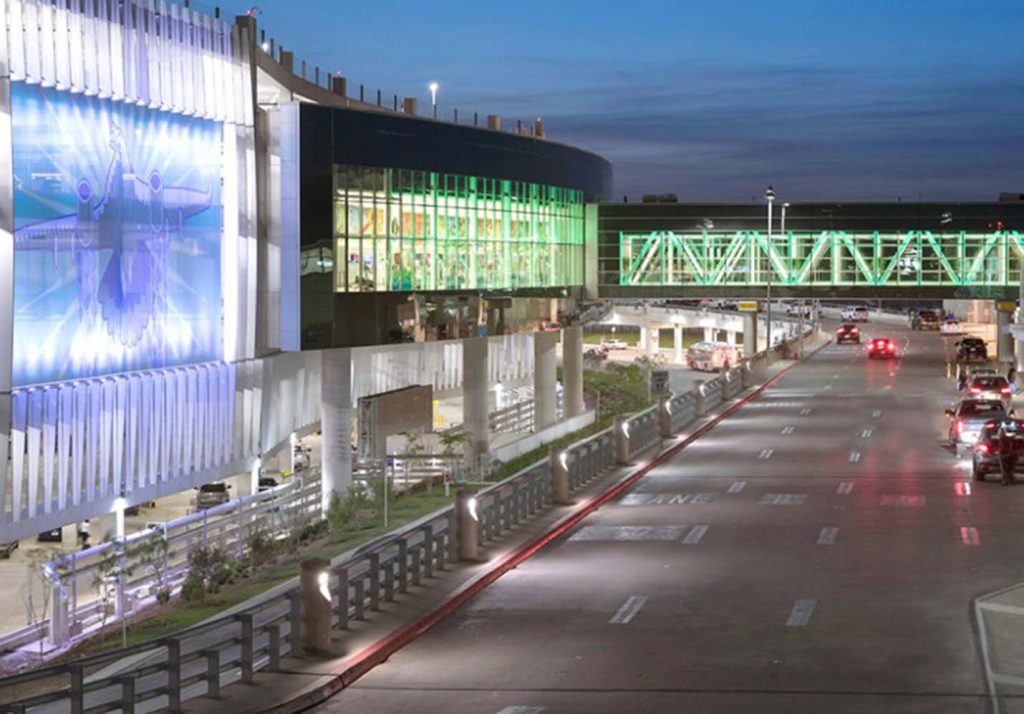
2) Delta Airlines
Hub cities: Atlanta, Minneapolis, Detroit
Flight features: famous for punctuality, excellent customer service, and advanced in-flight entertainment system
Suitable for: long-distance passengers who pay attention to service quality and need to transfer
3) United Airlines
Hub cities: Houston, Chicago, Denver
Flight features: a large flight network, flexible schedules, and excellent regional business class configuration
Suitable for: passengers who are accustomed to high-frequency flights and use connecting tickets
4) Southwest Southwest Airlines
Headquartered in Dallas, Texas, it provides multiple high-frequency routes to San Antonio
Flight features: no designated seats, seat selection is determined by boarding order, and economy is preferred
Suitable for: price-sensitive passengers, backpackers, and self-guided tour groups
5) Alaska Airlines
Destination points cover the West Coast to the Central Region
Flight features: high customer satisfaction, small aircraft but considerate service
Suitable for: tourists flying to the West Coast such as Seattle and Los Angeles
Ⅱ. The core issue of seat selection: quietness and spaciousness
Every passenger wants to be quiet and comfortable during the flight, but in most cases, the two are “incompatible” compromises.
1. Which seats are the quietest?
Stay away from the wing and engine area: The aircraft engine is usually installed under the wing or at the tail, so the front cabin area is usually the area with the lowest noise, especially the first row of the first class or economy class.
Avoid toilets, kitchens, and emergency exits: These areas have frequent passenger flow and are prone to noise.
Window seats are quieter: Window seats are less affected by external sound waves than aisle seats.
Avoid the tail: The tail is most likely to feel turbulence and engine noise, and is the area that most experienced passengers avoid.
2. Which seats are the most spacious?
Emergency exit seats: The most spacious legroom, suitable for long-legged passengers, but usually not allowed for children or people with physical disabilities.
First row seats (Bulkhead Seats): There is no obstruction from the front seats, the space is open, but carry-on luggage cannot be placed.
First class / business class: The space is extremely spacious, equipped with exclusive power supply, reading lights, and adjustable seats, suitable for people with high budgets.
Southwest Airlines early boarding order: Although there is no designated seat, you can choose a spacious seat near the front cabin if you board early.
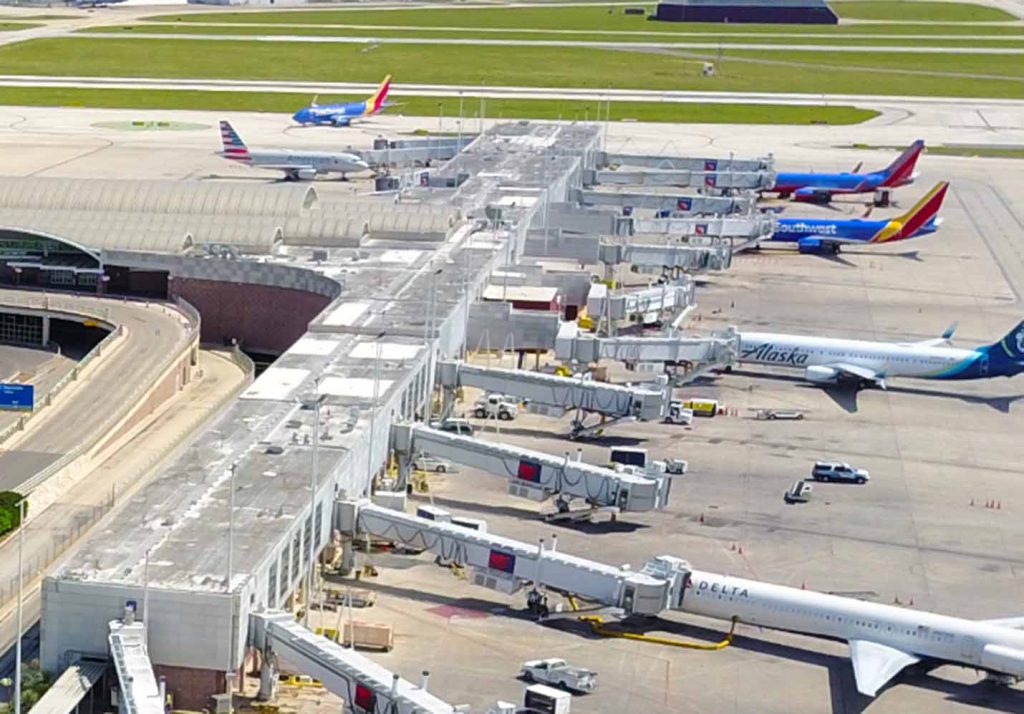
Ⅲ. Detailed flight layout analysis (taking Boeing 737 and Airbus A320 as examples)
1. Common layout of Boeing 737 (such as Southwest Airlines, American Airlines)
Economy class: 3-3 layout
Preferred economy class (Main Cabin Extra): usually located in front of and behind the emergency exit
Quiet recommendation for the front cabin: rows 6 to 9 (away from engine noise, but still in economy class)
Spacious recommendation: rows 12 or 14 (emergency exit)
2. Common layout of Airbus A320 (such as Delta Airlines, United Airlines)
Economy class layout: 3-3
Business class or first class: 2-2 layout, extremely spacious
Quiet recommendation: rows 2 to 5
Spacious recommendation: emergency exit row (rows 10 or 11)
Ⅳ. Booking platform recommendation and user experience
Choosing a reliable booking platform can not only save money, but also make seat selection more transparent.
1. Google Flights
Advantages: extremely fast search speed, one-click jump to the official page
Seat selection function: operate according to the official website of the airline after jumping
Suitable for: users who need to compare prices and have flexible time requirements
Experience suggestions: combine the calendar function to view the lowest price in a certain week
2. Expedia
Advantages: full Chinese interface, integrated air tickets + hotels + car rentals
Seat selection function: some flights can select seats online
Disadvantages: high handling fees for changing itineraries
Suitable for: free travel users, one-stop service demanders
3. Hopper
Advantages: predict future price changes and recommend the best time to buy tickets
Seat function: focus on price prediction, no seat selection function
Suitable for: price-sensitive travelers, flexible travelers
V. Cost and budget estimation
1. Economy class
Domestic short-distance fares: $100 – $250
Luggage fee (single piece): $30 – $50
Seat upgrade fee: $15 – $50 (preferred seat or emergency exit)
Total budget recommendation: $200 – $350
2. Business class / first class
One-way price: $350 – $900 (depending on the route and purchase time)
Additional services: including luggage, meals, priority boarding, airport VIP lounge
Suitable for: business travelers, those with high physical needs
VI. Flight insurance recommendations and crowd suggestions
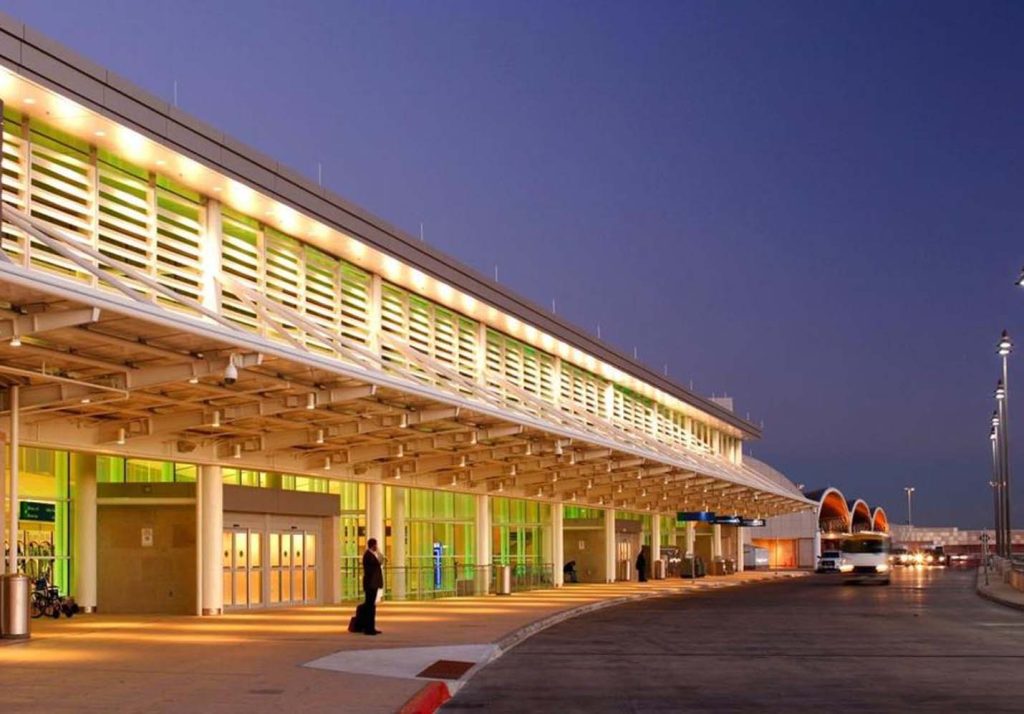
For long-distance flights or multiple transfers to San Antonio, in addition to choosing the right seat and airline, the configuration of flight insurance should not be ignored. Especially at a time when uncontrollable risks such as flight delays, lost luggage, and sudden illnesses occur frequently, reasonable insurance can significantly reduce the economic and mental pressure caused by uncertainty during the journey.
1. Common flight insurance types
Currently, the more mainstream flight insurance products on the market are roughly divided into the following categories:
Flight delay insurance: For losses such as meals, accommodation, and lost work caused by flight takeoff and arrival delays, a 1-3 hour compensation period is usually set.
Baggage delay and loss insurance: protects checked baggage from arriving on time, being misdelivered or lost, and compensates for clothing and daily necessities purchase expenses.
Accidental injury and emergency medical insurance: covers medical expenses in the event of accidental injury or sudden illness during the flight. It is recommended to cover the high cost of international medical treatment.
Cancellation insurance: when passengers cancel their trip due to unexpected circumstances, part of the prepaid but non-refundable flight fees can be reimbursed. It is suitable for passengers who have a tight schedule or book discounted tickets.
When taking out insurance, it is recommended to read the insurance details, especially the following points:
Claim start time and compensation amount limit
Whether COVID-19 related expenses (such as testing, treatment, isolation) are covered
Claim settlement method (online upload/telephone contact/App processing)
Whether it is required to notify the airline or insurer in advance
2. Cost summary
The cost of flight insurance varies depending on the coverage, coverage and journey time. Generally speaking:
The starting price of domestic flight insurance in the United States is about $10-25 per person per trip;
The price of flight insurance for international flights (such as from Europe or Asia to San Antonio) is mostly between $25-60 per person per trip;
The price of annual global travel insurance (unlimited number of times) is about $120-350 per year.
Although it seems to be an additional expense, the cost of flight insurance is relatively reasonable compared to the potential loss, especially when traveling during peak hours or taking multiple connecting flights.
The journey to San Antonio is not only about the movement between takeoff and landing, but also about the quality of each flight experience. A quiet, spacious seat with a good view can not only relieve travel fatigue, but also help to smoothly connect the next itinerary. Combining the seat layout and service characteristics of different airlines, planning in advance and making reasonable choices are key steps to improve flight comfort.
At the same time, don’t ignore the importance of flight insurance in the entire journey. For people with different travel needs, from insurance type, insurance platform to claim method, it is worth carefully selecting.
By taking the initiative in the details, travel will no longer be a rush, but a wonderful experience starting from takeoff. I hope that every traveler who sets foot on the flight can find the most suitable seat in the sky and reach the most desired scenery.
